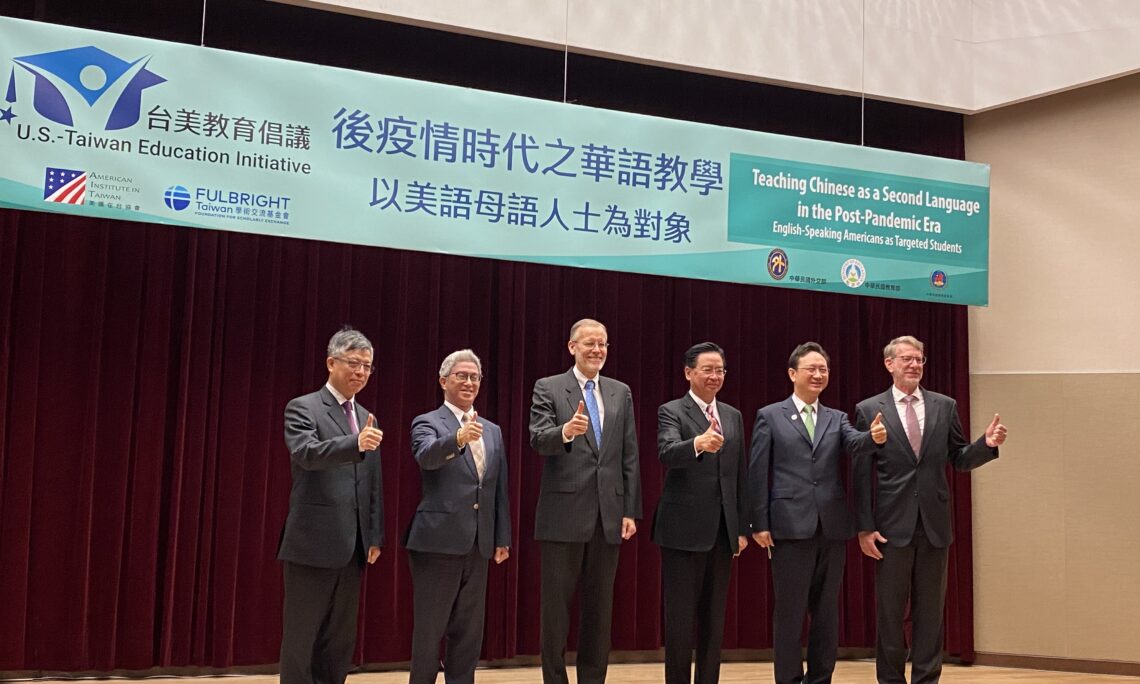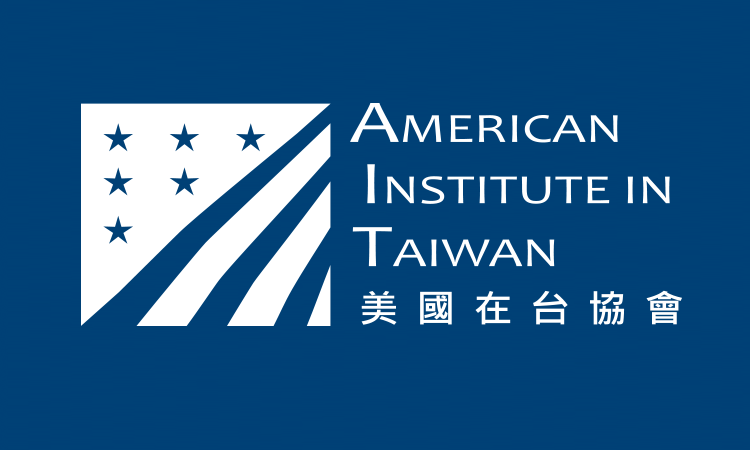OT-2102
January 16, 2021
Remarks by AIT Director W. Brent Christensen
at the Chinese Language Symposium to Support the U.S.-Taiwan Education Initiative
January 16, 2021
(as prepared for delivery)
Foreign Minister Wu, Deputy Secretary-General Hsu, Deputy Minister of Education Lio, OCAC Minister Tung, other esteemed guests, good morning!
I am excited to be here today to welcome you to attend this TCL (Teaching Chinese as a Second Language) conference as a part of the U.S.-Taiwan Education Initiative efforts. As you may have heard, on December 2, AIT and TECRO signed an important Memorandum of Understanding on international education cooperation. This MOU gives Taiwan and the United States the opportunity to strengthen our cooperation and collaboration on international education. The goal of this MOU is to provide more opportunities for more Americans to come teach and study in Taiwan, and more people from Taiwan to pursue education and teaching in the U.S. As a start, both sides have agreed to expand existing programs for two-way educational exchange, including the Fulbright Foreign Language Teaching Assistant Program (FLTA). And today in our audience we have about 60 FLTA’s who will go to the United States to teach Chinese to Americans. As an American who has spent many years studying Chinese, I know you have a formidable task and I wish you good luck!
In cooperation with Taiwan’s authorities, we are using social media in both Taiwan and the U.S. to allow more people in both places to learn about opportunities to study and teach in Taiwan and the U.S. For example, we have posted information about scholarships and language learning resources on the Talent Circulation Alliance (TCA) website – I think you’ll hear more about that this afternoon and on our own AIT website and Facebook. We also worked with the U.S. Department of Education to send out a blog post about education opportunities in Taiwan – this went to American universities and K-12 schools. I’m personally very excited about this initiative. The U.S. and Taiwan have always had excellent and high-level cooperation on education – now the moment is right to deepen that cooperation, especially regarding teaching and studying Chinese and English. We have all read news stories about the closing of many of the PRC’s Confucius Centers in the U.S. Now is the time for Taiwan to step forward and help fill this gap – not only to teach Mandarin and learn English, but to more fully tell Taiwan’s story to their American students. And what a great story Taiwan has to tell – a story about how the hard work, sacrifice and dedication of the people of Taiwan has led to a thriving democracy, a robust economy, a highly educated and skilled work-force, and of course, the most effective response to COVID-19 of perhaps any place in the world. I am grateful and proud of the response of Taiwan, in embracing the opportunity to play a bigger role in Chinese language education, even during these times of pandemic.
We’re delighted to work with the Foundation for Scholarly Exchange and Dr. Randall Nadeau to bring so many Taiwan Chinese language teachers together in this room to talk about how we can enhance Chinese language education in the post-pandemic era, targeting American students. Our U.S. Deputy Secretary of Education, Mitchell Zais, said that “students who speak several languages have an advantage in many aspects of their careers and lives.” I couldn’t agree more and would add that there is no better place to learn Chinese than here.
In closing, I’d like to say to our Taiwan FLTA’s that are preparing to go to the U.S. to teach Chinese – you all play a crucial role in teaching young Americans a language that is spoken by 1.3 billion native speakers around the world. But almost as important, you have the opportunity to introduce Taiwan – its people and its welcoming culture – and to tell a different version of history than the one that is taught at Confucius Centers. While these are uncertain times, I am confident that you will be warmly welcomed by U.S. students who are eager to learn Mandarin from such skilled teachers.
To our other audience members, I hope that the symposium today offers an opportunity for you to learn more about what resources the U.S. and Taiwan have to offer. Through this event, we also hope to find out what else we can do to help you succeed in Chinese language teaching, either in Taiwan or in the United States.
Thank you.
















![Video Thumbnail [Recovered]-01](../wp-content/uploads/sites/269/Video-Thumbnail-Recovered-01-1-750x450.jpg)





